Editor’s Note: This article was updated on 06 July 2023 to provide information about additional Next.js starter packages. Check out this resource on structuring scaleable Next.js architecture.
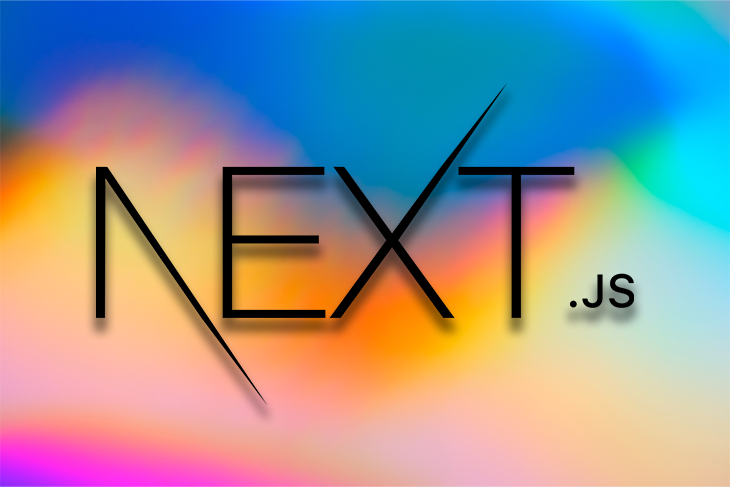
Are you tired of installing libraries at the start of every Next.js project? Next.js boilerplates are what you need! By using a boilerplate (also referred to as starter packages), you can take advantage of great libraries and development features to help you build your next projects. Boilerplates save you the time you spend finding tutorials for how to set up a library, as well as integrate multiple libraries into your project.
In this article, we’ll explore the top Next.js boilerplates from several tech stacks to match with your needs:
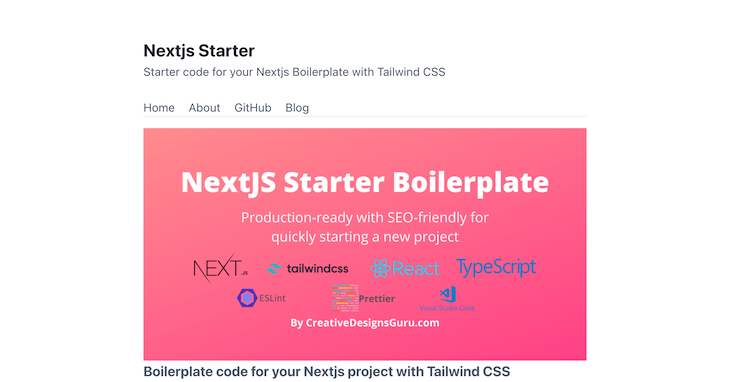
NextJS Starter Boilerplate is a boilerplate with a useful set of features and a complete boilerplate that can be used for production. The technology relies on Next.js, Tailwind CSS, and TypeScript. It is also equipped with many developer experience features.
What’s nice about the developer experience features is that they give us a sense of safety and automation. NextJS Starter Boilerplate uses ESLint and Prettier to format and assert code best practices for your project. It is also enforced with a Husky hook that will run every pre-commit.
By far, the highlight of this starter is its testing capabilities. The boilerplate comes with Jest, React Testing Library, and Cypress pre-installed and configured with the project. In my experience as a starter maintainer, configuring testing is a difficult task with many quirks, and this starter solved it and shipped it right in the box. Though Cypress has many development dependencies, make sure you are actually using the feature.
GitHub stars ⭐️: 4.3k
Tech stack:
Development features:
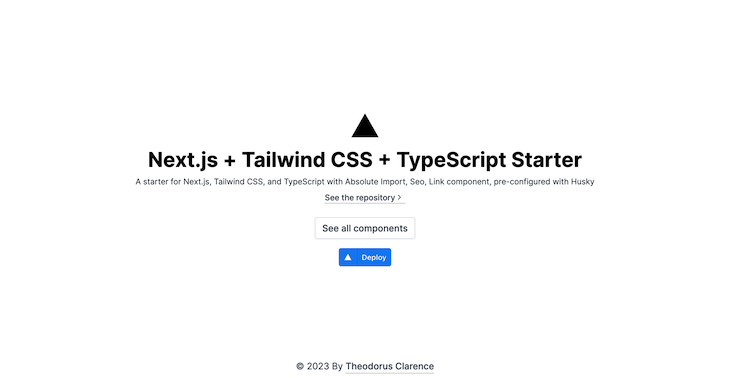
Next.js + Tailwind CSS + TypeScript Starter is packed with useful development features. It also has useful code linting and formatting using ESLint and Prettier, and is enforced with Husky. This boilerplate already has Jest and React Testing Library preinstalled if you need to do unit testing. Another useful thing is the automatic branch creation. It uses a free app called Create Issue Branch and automatically creates a branch if you assign an issue. When you open a pull request, it automatically links to the respective issue.
The highlight of this starter is its expansion pack. The expansion pack is a list of bash commands that will install all dependencies and add the required boilerplate for your needs. For example, if you need a form management system, there is the React Hook Form pack that you can directly install to the starter. This is a nice solution so you can selectively choose what you need in your project instead of getting everything and having to remove them one by one.
GitHub stars ⭐️: 2.1k
Tech stack:
Development features:
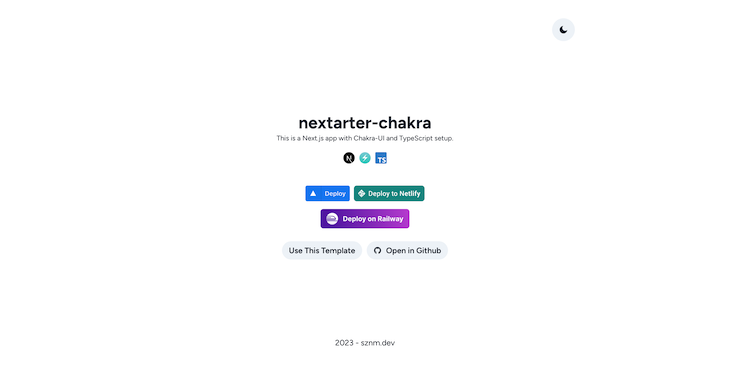
Moving on from Tailwind CSS, Chakra UI is also a great alternative if you prefer to use a UI component library for styling. Nextarter Chakra has a preconfigured light and dark mode from Chakra UI so it will be a nice touch for your project. This boilerplate has great development features to make you comfortable writing your code.
The highlight of this starter is its use of Turbo. Turborepo helps speed up tasks in the codebase. Initially, Turborepo was only available for monorepos. However, after the 1.6 release, it is now available for non-monorepo projects. It’s great for CI/CD processes by benefitting the caching strategy from Turbo. If you plan to use Chakra UI for your project, you should use this starter. It is also already using the new app router.
GitHub stars ⭐️: 685
Tech stack:
Development features:
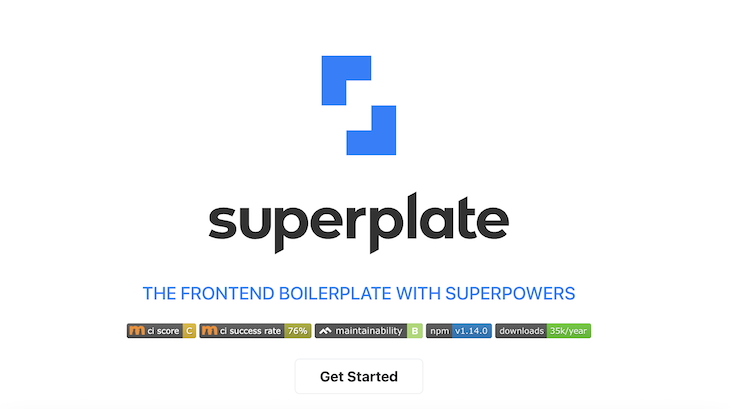
Superplate is a giant boilerplate with a large selection of features that you can easily select and install. It provides many options to adjust to your needs. The highlight of this starter is the wide range of solutions they provide. It is important to note that when I tried installing this starter, there were issues with the integration. While it does install the selected libraries and presets, the integration is not that great.
For example, if you are installing react-query and Axios, it won’t automatically integrate. The react-query won’t use Axios, and will use the default fetch instead. You’ll have to integrate them manually. So keep that in mind if you want to use Superplate:
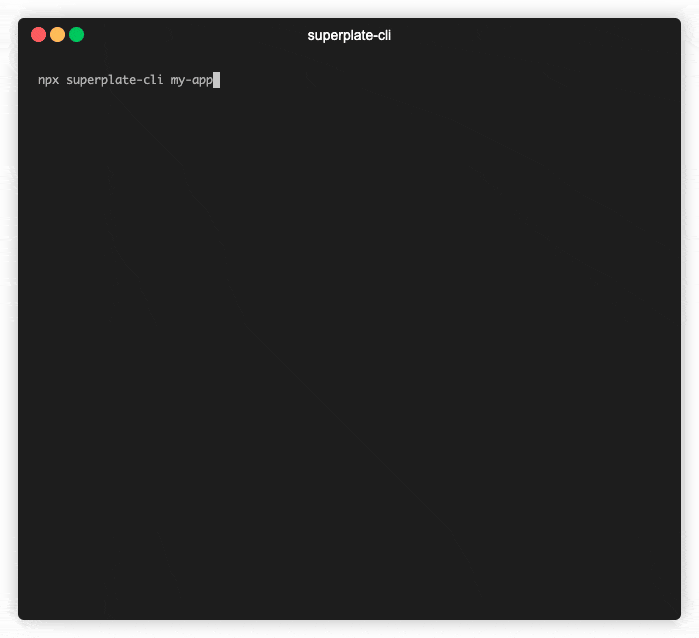
GitHub stars ⭐️: 2.6k
Tech stack and development features:
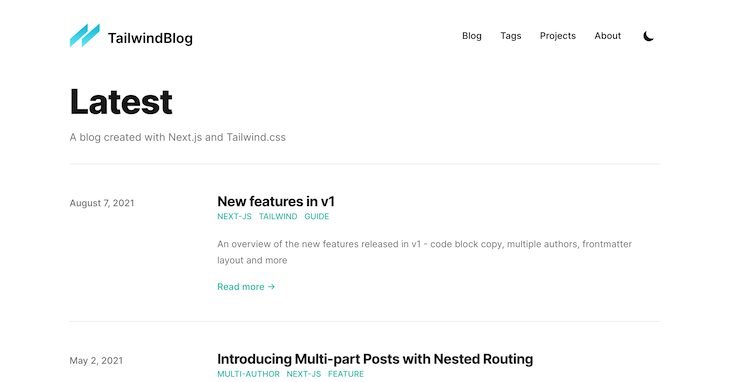
Creating a blog using Next.js is quite easy, but creating a blog with highly integrated features is a tedious effort. Using TailwindBlog, you’ll get a blog that you can easily customize and deploy. Some features are usually harder to set up, such as code highlighting using rehype-prism-plus.
TailwindBlog is also equipped with components for blog writing, such as its table of contents component, a comment system using giscus/utterances, a newsletter component, automatic citation, etc. Learn more about these features in the demo application blog posts.
GitHub stars ⭐️: 5k
Tech stack:
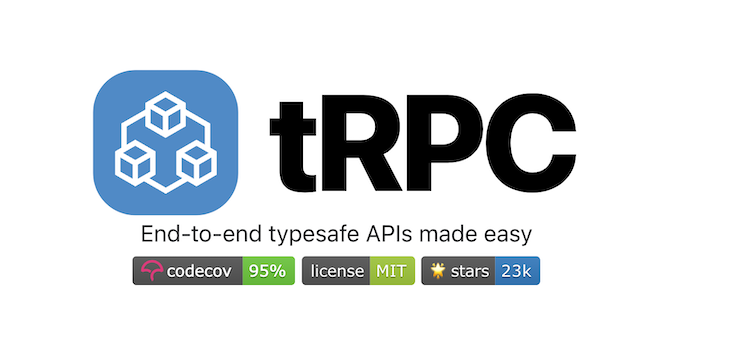
If you haven’t heard of tRPC, it is an end-to-end typesafe API that allows you to write an API and fetch it using react-query on the client with integrated types.
This allows us to only write the type once in the API, and you automatically get typed data on the client side of your app. In my opinion, it is the most elegant way to build a full-stack app using Next.js. This starter from tRPC accommodates all of the setups and you can work on it according to your needs. This is a great starter to play around with because it has a minimal configuration to ensure you’re not overwhelmed with its vast features. Try it out!
GitHub stars ⭐️: 549
Tech stack:
Development features:
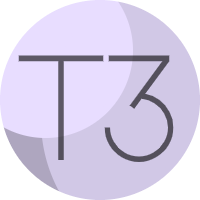
create-t3-app is a starter that uses T3 Stack, which uses popular technologies such as Next.js and TypeScript. It focuses on simplicity, modularity, and full-stack type safety. It is a great set of technologies to use for a full-stack application, and this starter provides it. It’s great if you are already using these tech stacks because the starter integrates them automatically. If you’ve never set up next-auth with Prisma before, it can be quite tricky and you’ll need to copy a lot of boilerplate.
One great feature of create-t3-app is that this starter can be followed in your next projects using the env checker. They give you a set of rules to make sure that the environment variables are in the correct format:
Video Player
00:00
00:20
GitHub stars ⭐️: 18.5k
Tech stack:
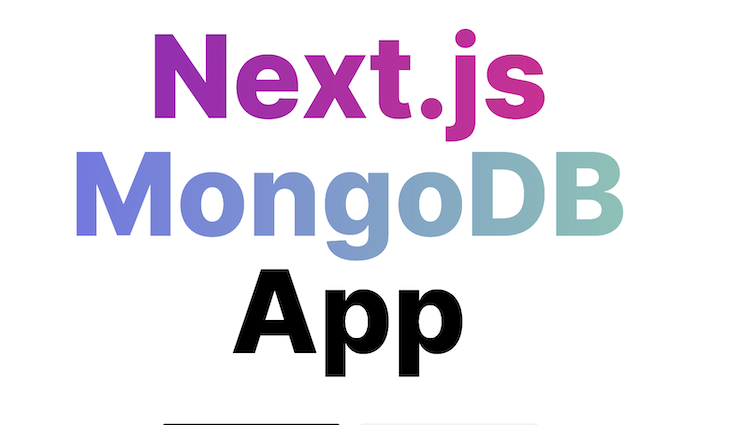
Next.js MongoDB App is different from the other boilerplates because it is fully featured. You can use it as a boilerplate for a simple application such as authentication, profile management, and example backend using posts.
The authentication is well implemented using Passport library to manage authentication sessions, so you can use the example for your next projects.
GitHub stars ⭐️: 1.4k
Tech stack:
Development features:
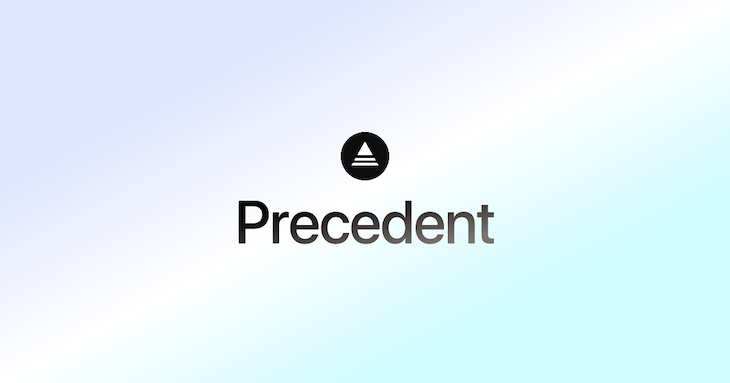
Precedent has many great components and best practices you can follow. There are several well-made hooks that you can use, such as useLocalStorage, useIntersectionObserver, etc. It also uses Next Auth and Prisma, making it so much easier to build a full-stack app with secure authentication. This starter is equipped with Modal, Popover, and a Tooltip component that is already animated. Precedent uses the new app router as default.
GitHub stars ⭐️: 3.4k
Tech stack:
Development features:
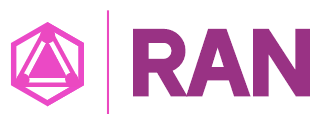
RAN is a Next.js starter with an Apollo GraphQL setup. If your project uses GraphQL, this is a great starter with a complete boilerplate for Apollo GraphQL fetching. One of its great features is the creative component from CLI; you can easily create a component by filling up some questions in the CLI:

GitHub stars ⭐️: 2.2k
Tech stack:
Development features:
Based on my experience with this boilerplate, it is quite outdated, but it can still be a great learning experience for you. If you go to the repository, specifically on the CLI command code, we can see an interesting pattern where we can generate a page based on a handlebar template. It’s a great addition to your project to make your development faster!
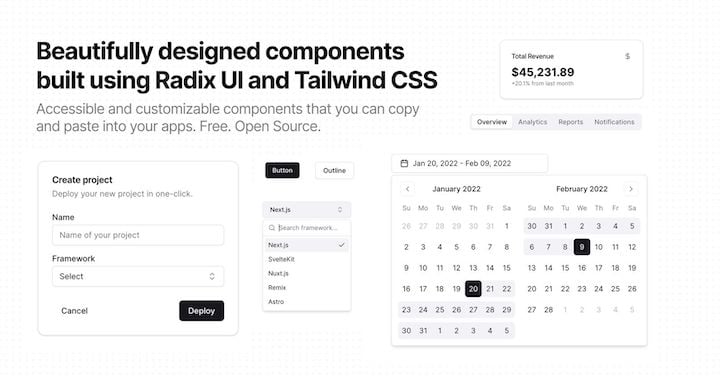
While technical not a starter becasue it doesn’t provide a base repository that can be used as a template, shadcn/ui idoes offer a whole bunch of useful components. shadcn/ui is a collection of reusable components that can be copied and pasted into your apps.
shadcn/ui also provides a CLI that can be used to easily import multiple components into your project, making it even more convenient to use. All in all, this library can be a huge help to your project.
GitHub stars ⭐️: 24.2k
Tech stack:

nextarter-tailwind provides a starter with the new app router, and is already set up with the shadcn/ui base. This starter provides similar benefits as Nextarter Chakra; it’s packed with several useful development features such as linting, formatting, and conventions. It’s also PWA-ready and has an automatic dependency update with Renovate.
GitHub stars ⭐️: 48
Tech stack:
Development features:
Whenever you need to start a new project, don’t set up all the features and libraries from scratch. Using boilerplates and starter templates will make your project run faster and be more robust. These boilerplates have been through a lot of iteration and feedbacks to make sure that they work well with your various use cases.
Find one that suits your project and start coding!
Debugging Next applications can be difficult, especially when users experience issues that are difficult to reproduce. If you’re interested in monitoring and tracking state, automatically surfacing JavaScript errors, and tracking slow network requests and component load time, try LogRocket.


LogRocket is like a DVR for web and mobile apps, recording literally everything that happens on your Next.js app. Instead of guessing why problems happen, you can aggregate and report on what state your application was in when an issue occurred. LogRocket also monitors your app's performance, reporting with metrics like client CPU load, client memory usage, and more.
The LogRocket Redux middleware package adds an extra layer of visibility into your user sessions. LogRocket logs all actions and state from your Redux stores.
Modernize how you debug your Next.js apps — start monitoring for free.
Hey there, want to help make our blog better?
Join LogRocket’s Content Advisory Board. You’ll help inform the type of content we create and get access to exclusive meetups, social accreditation, and swag.
Sign up now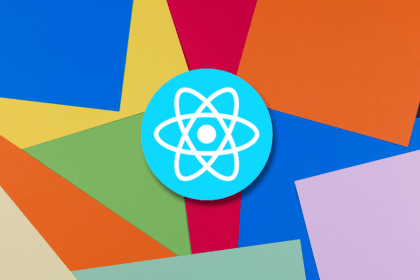
Making carousels can be time-consuming, but it doesn’t have to be. Learn how to use React Snap Carousel to simplify the process.
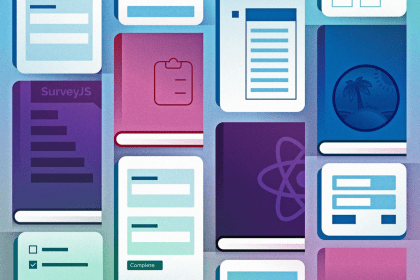
Consider using a React form library to mitigate the challenges of building and managing forms and surveys.

In this article, you’ll learn how to set up Hoppscotch and which APIs to test it with. Then we’ll discuss alternatives: OpenAPI DevTools and Postman.

Learn to migrate from react-native-camera to VisionCamera, manage permissions, optimize performance, and implement advanced features.
One Reply to "The biggest Next.js boilerplates of 2023"
This is quite a list. I’ve used a few of these and they are pretty much all top notch!
Especially create-t3-app, I have that on a couple of my projects and it’s brilliant. For landing pages & blogs I use https://shipixen.com and it saves a ton of time.
Also, for AI you should defo go for https://vercel.com/templates/next.js/nextjs-ai-chatbot or https://vercel.com/templates/next.js/ai-photo-restorer for image-related apps.